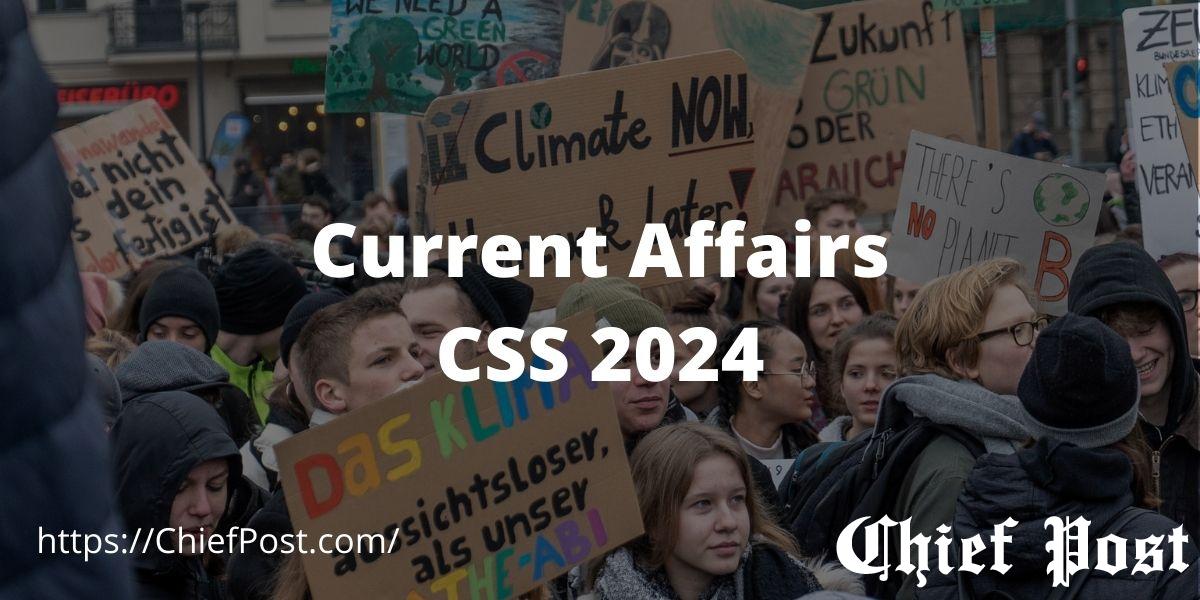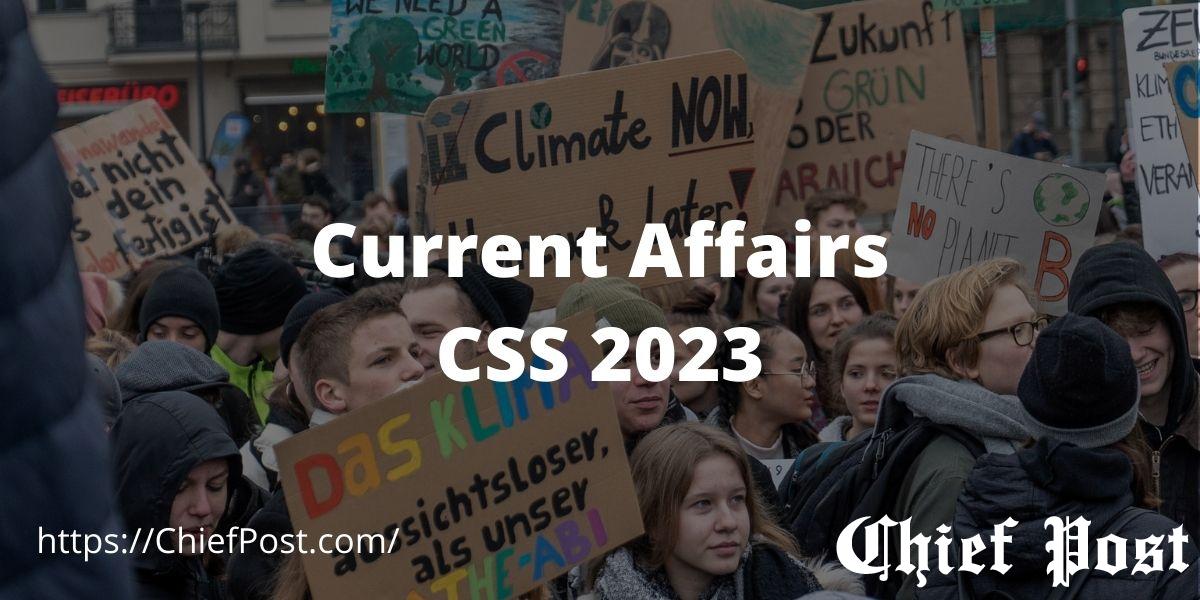Business Administration 2024 — CSS Past Paper
FEDERAL PUBLIC SERVICE COMMISSION
COMPETITIVE EXAMINATION-2024
FOR RECRUITMENT TO POSTS IN BS-17
UNDER THE FEDERAL GOVERNMENT
Business Administration
TIME ALLOWED: THREE HOURS
PART-I(MCQS): MAXIMUM 30 MINUTES
PART-I (MCQS) MAXIMUM MARKS = 20
PART-II MAXIMUM MARKS = 80
NOTE:
- (i) Part-II is to be attempted on the separate Answer Book.
- (ii) Attempt ONLY FOUR questions from PART-II. ALL questions carry EQUAL marks.
- (iii) All the parts (if any) of each Question must be attempted at one place instead of at different places.
- (iv) Candidate must write Q. No. in the Answer Book in accordance with Q. No. in the Q.Paper.
- (v) No Page/Space be left blank between the answers. All the blank pages of Answer Book must be crossed.
- (vi) Extra attempt of any question or any part of the attempted question will not be considered.
PART-II
Q. No. 2. (20)
Daud Tools, a manufacturer of lathe tools, is currently selling a product for $10 per unit. (20) Sales (all on credit) for last year were 60,000 units. The variable cost per unit is $6. The
firm’s total fixed costs are $120,000.
The firm is currently contemplating a relaxation of credit standards that is expected to result in the following; a 5% increase in unit sales to 63,000 units; an increase in average collection period from 30 days (the current level) to 45 days; an increase in bad debt expenses from 1% of sales (current level) to 2%. The firm determines that its cost of tying up funds in receivables is 15% before taxes. Question: Determine whether it would be profitable for Daud Tools to relax its credit standards. To arrive at your decision, show the calculation of;
a. Additional profit contribution from sales
b. Cost of marginal investment in account receivables
c. Cost of marginal investment in bad debts
Q. No. 3. (20)
Currently under consideration is an investment with a beta, b, of 1.50. At this time, the risk- (20) free rate of return, Re, is 7%, and the return on the market portfolio of assets, rm, is 10%.
You believe that this investment will earn an annual rate of return of 11%.
a. If the return on the market portfolio were to increase by 10%, what would you
expect to happen to the investment’s return? What if the market return were to decline by 10%?
b. Use the capital asset pricing model (CAPM) to find the required return on this investment.
c. On the basis of your calculation in part b, would you recommend this investment? Why or why not?
d. Assume that as a result of investors becoming less risk-averse, the market return drops by 1% to 9%. What impact would this change have on your responses in parts b and c? (20)
Q. No. 4.
How do various characteristics of a problem ascertain the type of decision-making (20) strategy to be adopted? What other conditions, as well as various types of decision- making biases and errors may affect the decision-making process?
Q. No. 5.
What is Quality Function Deployment? How can a “House of Quality” be used as a (20) tool for QFD? Elaborate the seven basic steps to build a house of quality. Nikon Inc., wants to design a new digital camera. Prepare a hypothetical house of quality for product design of their new digital camera based on the emerging trends in the market. (20)
Q. No. 6.
What are the unique characteristics of a service? What marketing strategies a firm (20) can employ for service firms? How can marketers manage service differentiation, service quality and service productivity? (20)
Q. No. 7.
What is price? Explain the major pricing strategies specifically with respect to new product (20) pricing, product-mix pricing, and price-adjustment strategies. (20)
Q. No. 8.
What are high performance work systems? Explain their essential elements, possible outcomes, necessary conditions and ways to measure the effectiveness of such work systems.
****************










